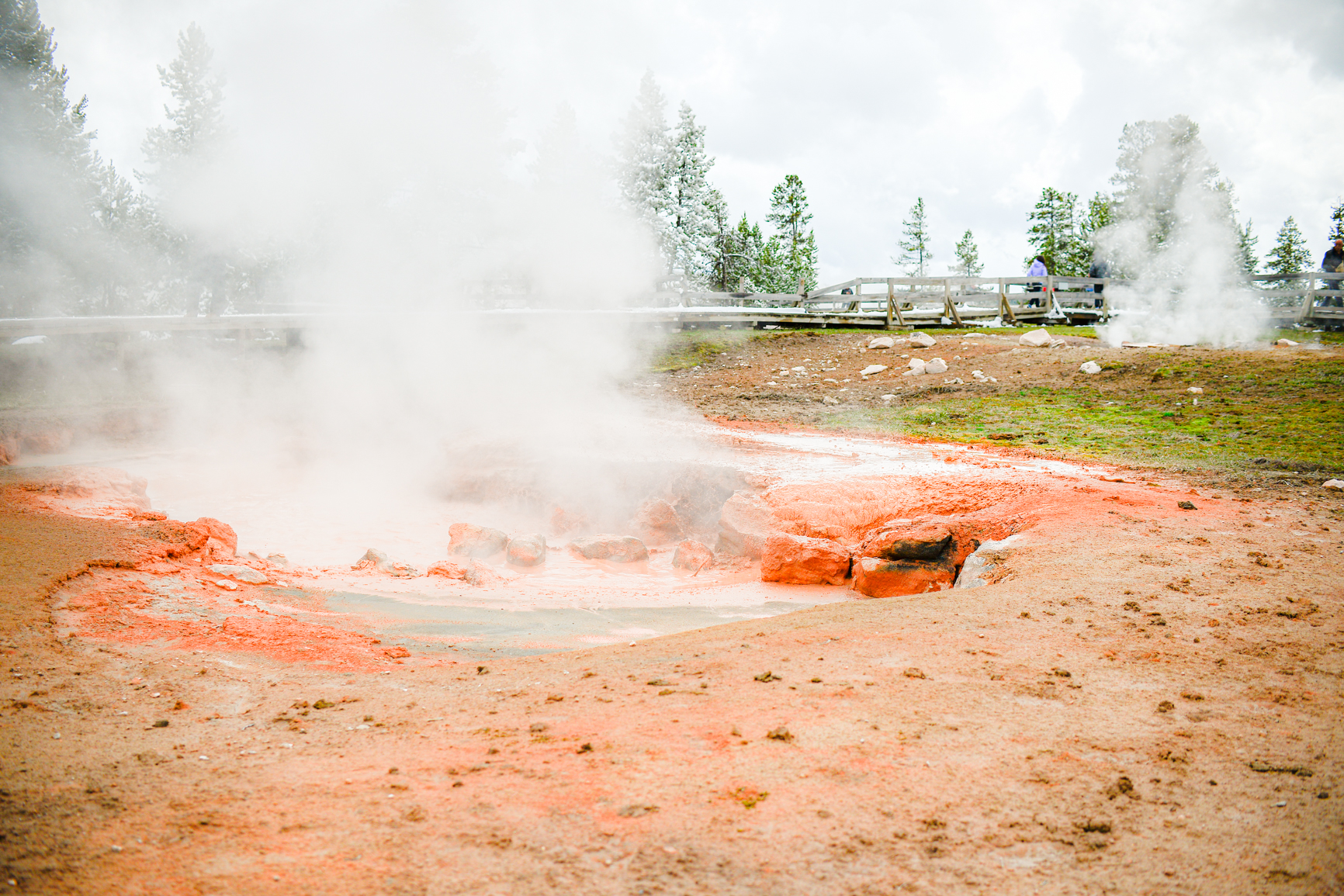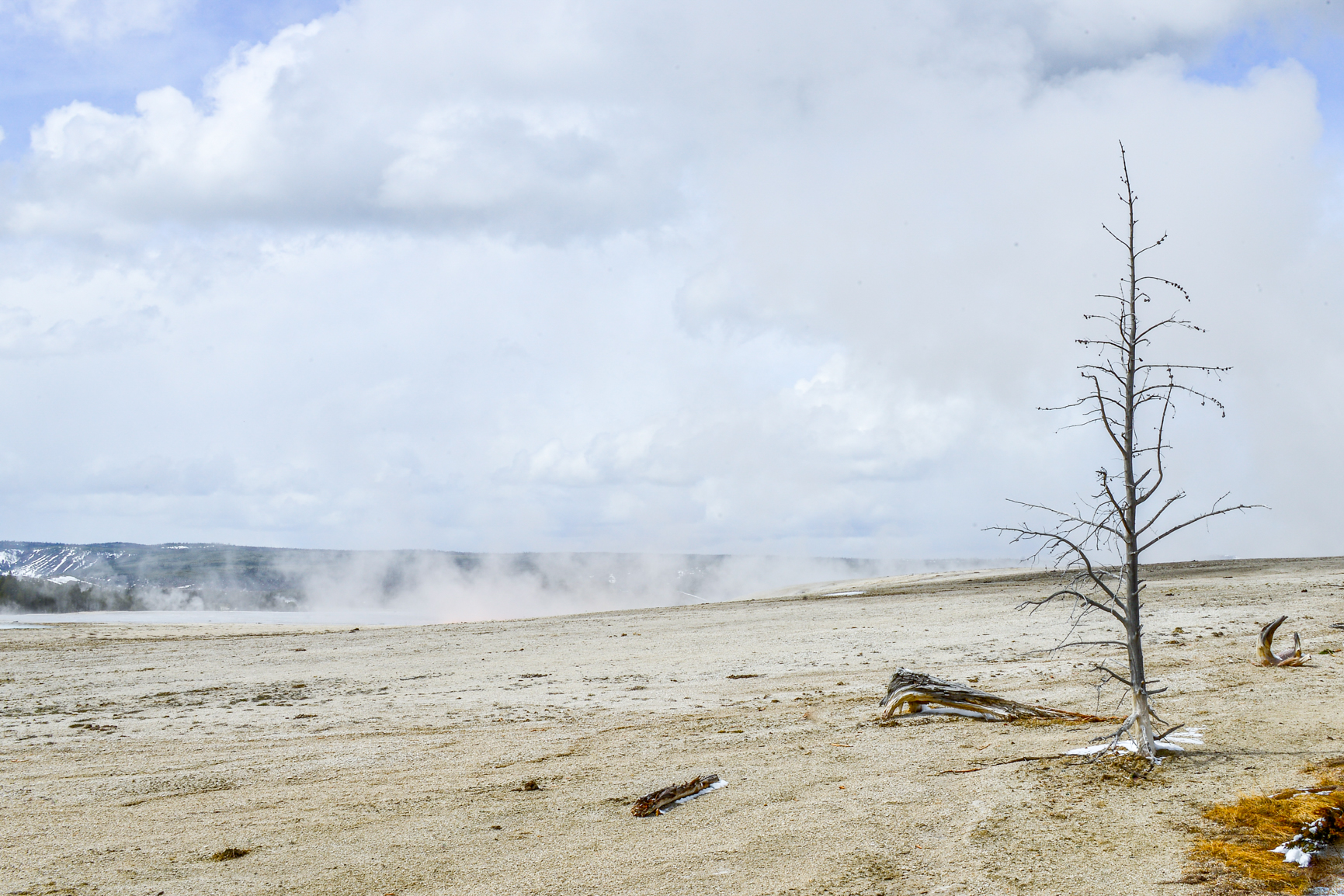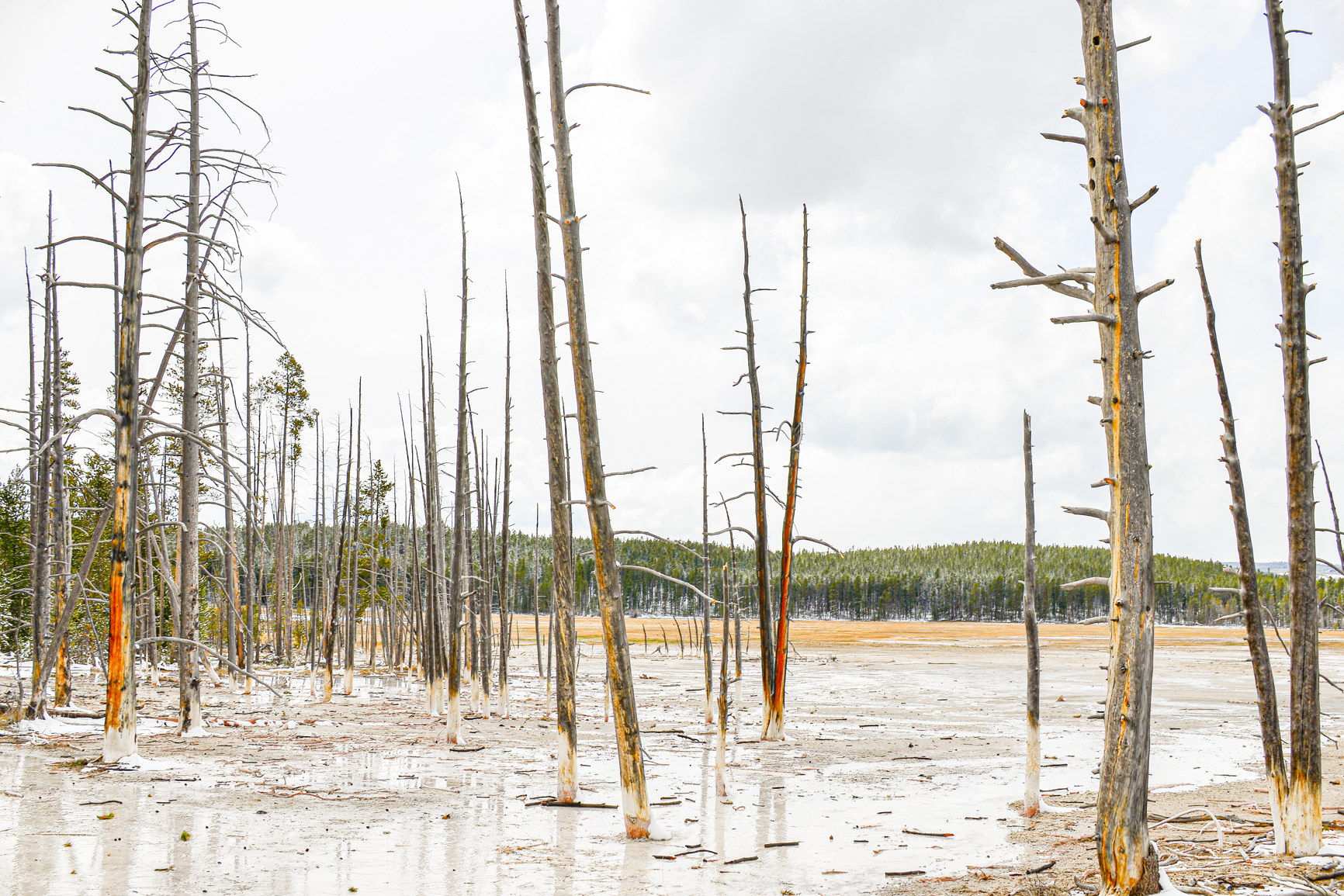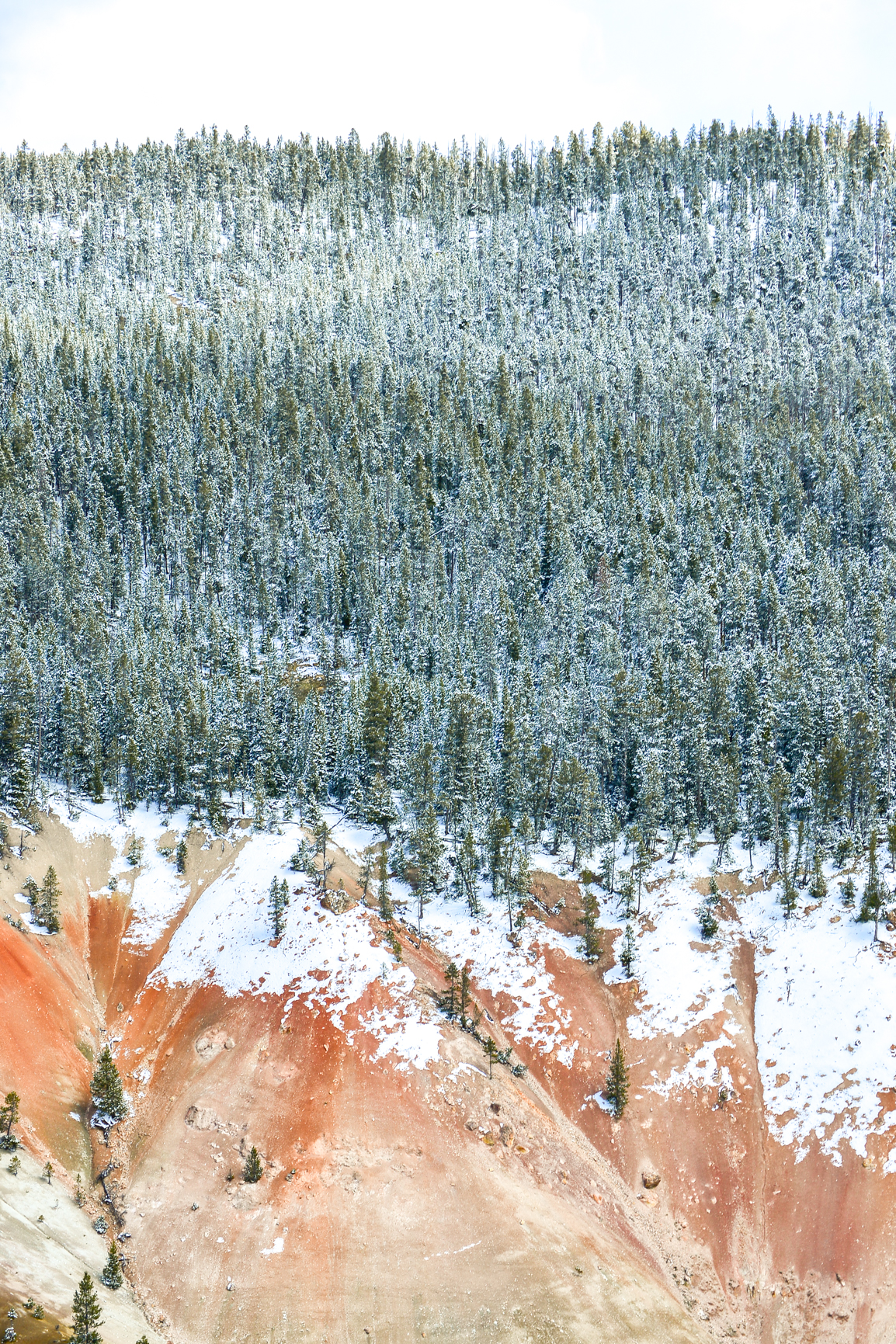Indian Well State Park offers a relatively short, yet moderate hike along a section of the blue-blazed Paugussett Trail. Beginning at the northernmost trailhead in the park, the (roughly) two-mile out-and-back route offers a gratifying view of the valley below, lots of varied terrain, interesting geological deposits, and well maintained trails.
Disembarking from the trailhead, we headed upwards and south toward the vista for a snack. It was a sweet and satisfying view, and nice primer to get the girls excited about the rest of our little journey. Of course, the big payout is hiking around to the waterfall. The western part of the loop, which is close to the vista and brings you directly to the falls, was closed, so we ventured east and down toward the road where we could cross the river and approach the falls from the other direction. The dissent was steep and added some unexpected mileage, but we persevered.
Indian Well Falls is “a slender 15-foot plunge that dumps into an attractive pool almost completely enclosed within a circular gorge” (NewEnglandWaterfalls.com). We couldn’t kick off our shoes fast enough, eager to scramble around the rocks and dip our toes in the cool (freezing cold) water. This was Cassidy’s first real waterfall experience (that she can remember). She told me it was “magical.” Of course, she was right. We played around the rocks and watched the water for a while before turning back, heading this time down the road to our car at the northern trailhead.





































































